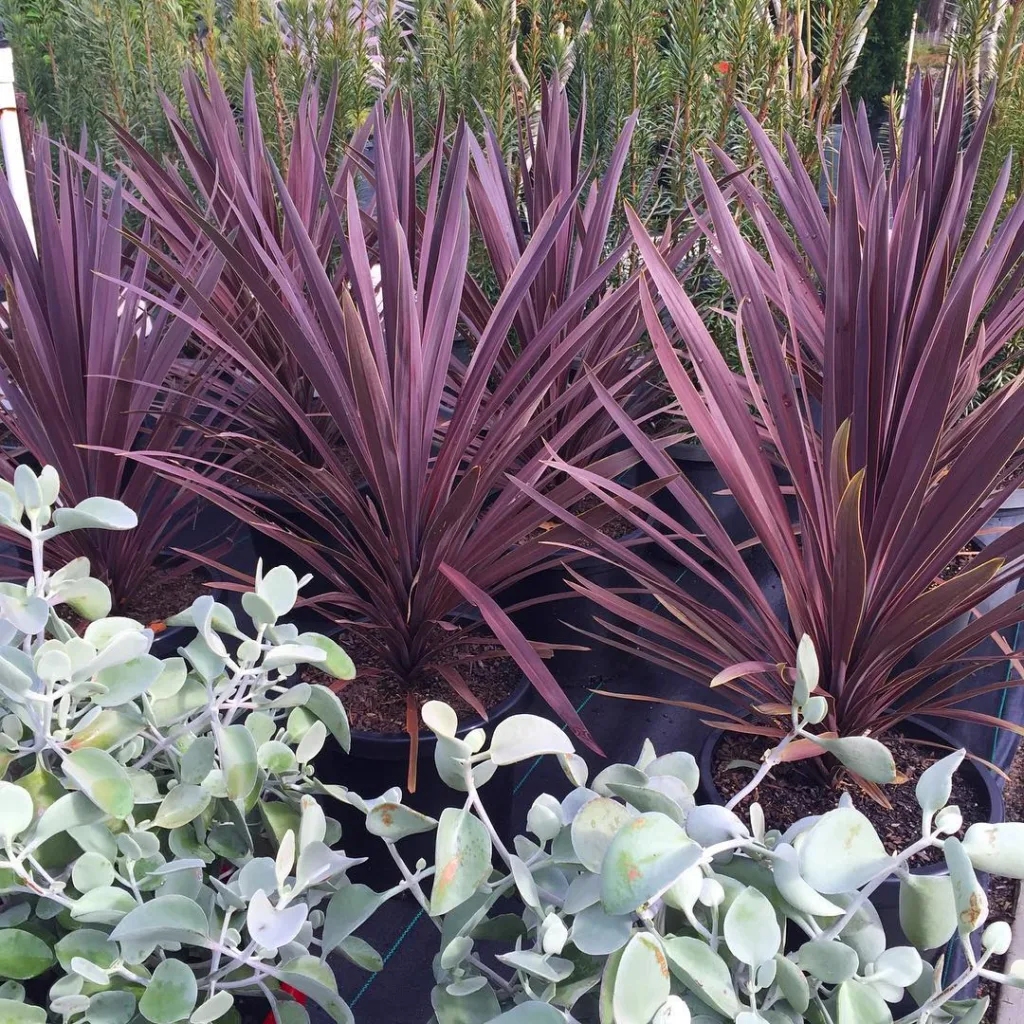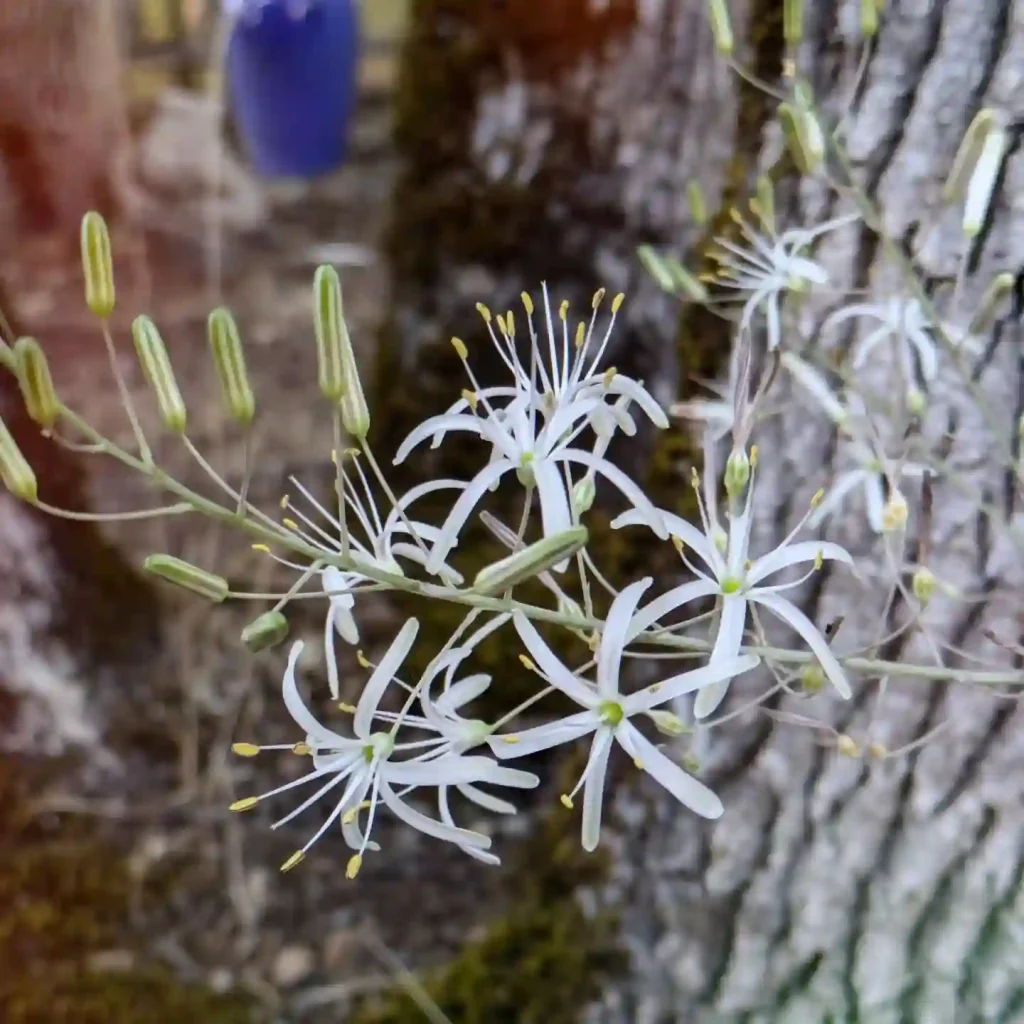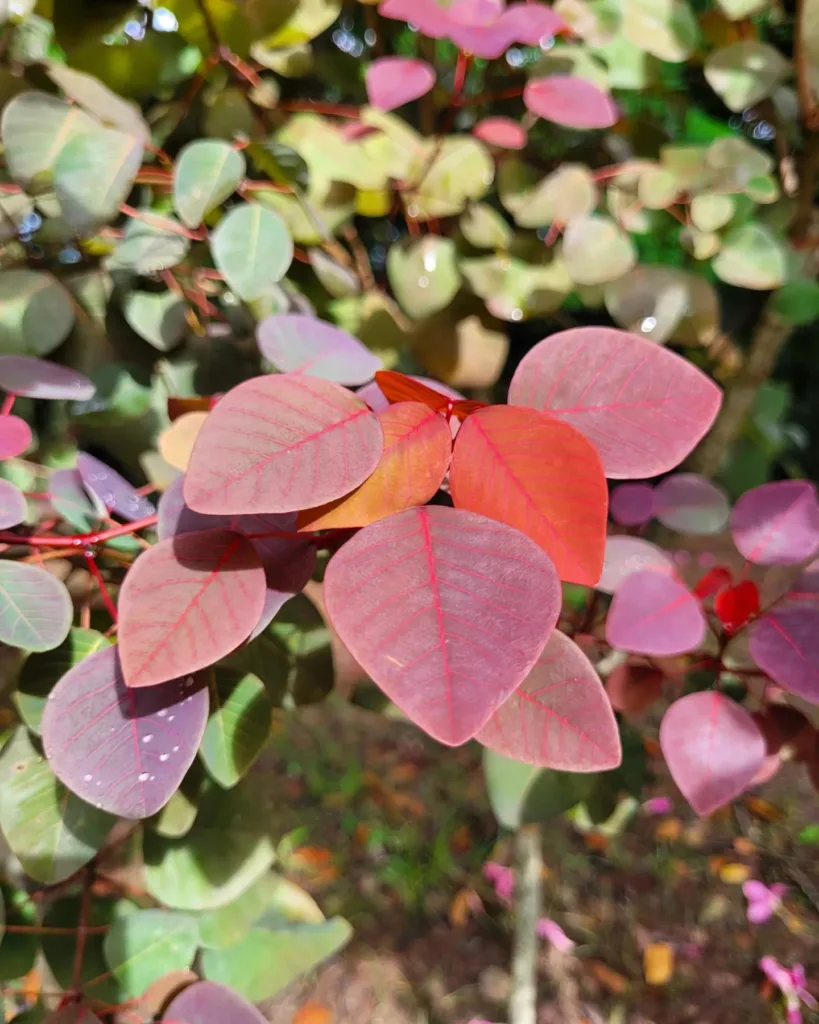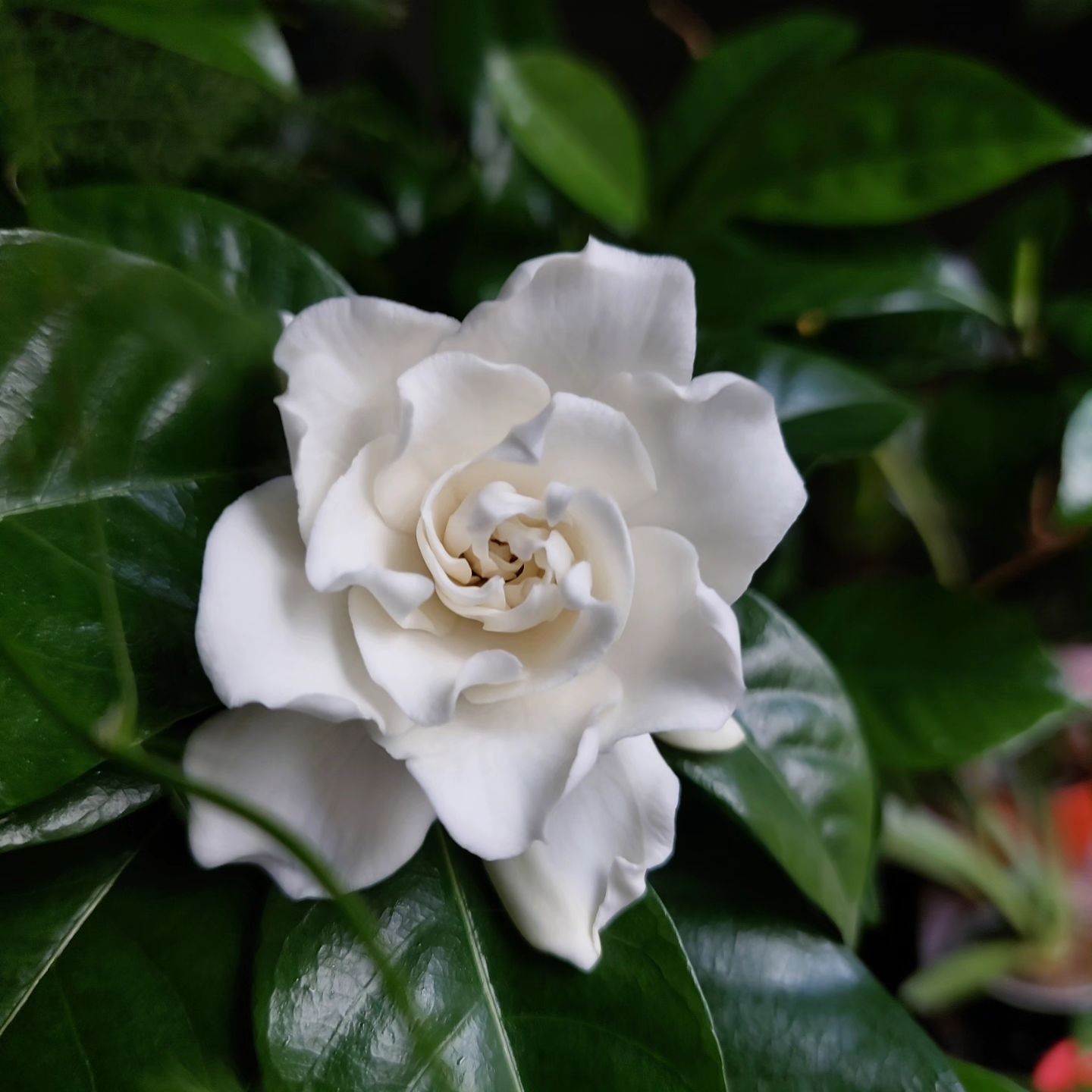My Fascination with the Combretaceae Family: A Botanical Journey
The world of botany is vast and filled with wonders, and one plant family that has always held a special place in my heart is the Combretaceae. As a passionate botanist, I, Ferb Vu, am continually drawn to the unique characteristics and ecological importance of these plants.
The Combretaceae Family: An Overview
The Combretaceae family, commonly referred to as the “white mangrove” or “combretum” family, is a group of flowering plants that comprises approximately 16 to 18 genera and around 500 species. These plants are primarily found in tropical and subtropical regions of the world, including Africa, Asia, Australia, and the Americas. The family is known for its diverse range of growth forms, including trees, shrubs, and lianas.
The Distinctive Features of Combretaceae Plants
One of the most striking features of the Combretaceae family is its distinctive floral morphology. The flowers are typically small and inconspicuous, often arranged in dense clusters or spikes. They are usually bisexual, meaning they have both male and female reproductive organs. The fruits are also quite unique, often winged or ridged, which aids in their dispersal by wind or water.
Ecological Significance of the Combretaceae Family
The Combretaceae family plays a vital role in various ecosystems. Many species are important components of tropical forests, providing food and shelter for a wide range of animals. Some members of the family, such as the white mangroves, are crucial for stabilizing coastlines and protecting them from erosion. Additionally, several species have medicinal properties and are used in traditional medicine to treat various ailments.
Genera of the Combretaceae Family
The Combretaceae family encompasses a diverse range of genera, each with its own unique characteristics and ecological importance.
- Terminalia: This genus is the largest in the family, comprising around 100 species. Terminalia trees are known for their valuable timber and medicinal properties.
- Combretum: This genus comprises approximately 250 species of shrubs and lianas. Combretum plants are often used in traditional medicine and as ornamental plants.
- Laguncularia: This genus includes only one species, the white mangrove. This plant is crucial for stabilizing coastlines and protecting them from erosion.
- Conocarpus: This genus comprises two species of trees and shrubs. Conocarpus plants are often found in coastal areas and are important for stabilizing dunes. – 2 Species in Genus Conocarpus
- Dansiea: A small genus of flowering plants in the family Combretaceae, native to tropical Africa. These plants are typically shrubs or small trees, known for their attractive flowers and fruits.
- Getonia: A monotypic genus represented by the species Getonia floribunda, a shrub or small tree found in tropical Asia. It is characterized by its showy, fragrant flowers and medicinal properties.
- Guiera: A genus of shrubs and small trees in the family Combretaceae, native to Africa and Madagascar. Guiera senegalensis is the most well-known species, widely used in traditional medicine and for its tannin-rich bark.
- Lumnitzera: A genus of mangrove trees in the family Combretaceae, found in coastal areas of the Indo-Pacific region. These trees play a vital role in stabilizing coastlines and providing habitat for marine life.
- Macropteranthes: A genus of shrubs or small trees in the family Combretaceae, native to Australia and New Guinea. They are known for their distinctive winged fruits and ecological importance in dry habitats.
- Strephonema: A genus of trees in the family Combretaceae, found in tropical Africa. These trees are valued for their timber, which is used for construction and furniture.
My Personal Connection to the Combretaceae Family
My fascination with the Combretaceae family began during my early years as a botany enthusiast. I was captivated by the diversity of growth forms and the ecological importance of these plants. As I delved deeper into my studies, I discovered the unique floral morphology and the medicinal properties of several species.
Over the years, I have had the opportunity to observe and study Combretaceae plants in their natural habitats. I have witnessed the beauty of their flowers, the resilience of the white mangroves, and the vital role they play in various ecosystems. My passion for these plants continues to grow, and I am committed to contributing to their conservation and understanding.
Conclusion
The Combretaceae family is a testament to the wonders of the botanical world. Its diverse range of growth forms, unique floral morphology, and ecological importance make it a fascinating subject of study. As a botanist, I am continually inspired by the beauty and resilience of these plants. I believe that by understanding and appreciating the Combretaceae family, we can contribute to the conservation of these valuable plants and the ecosystems they support.
If i die, water my plants!



